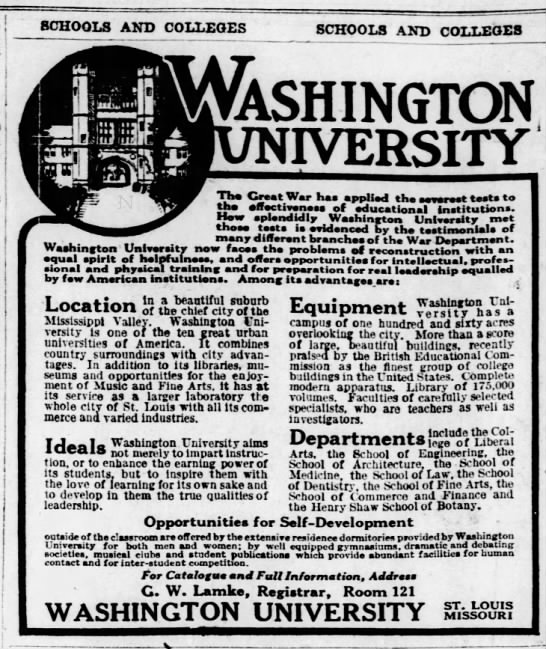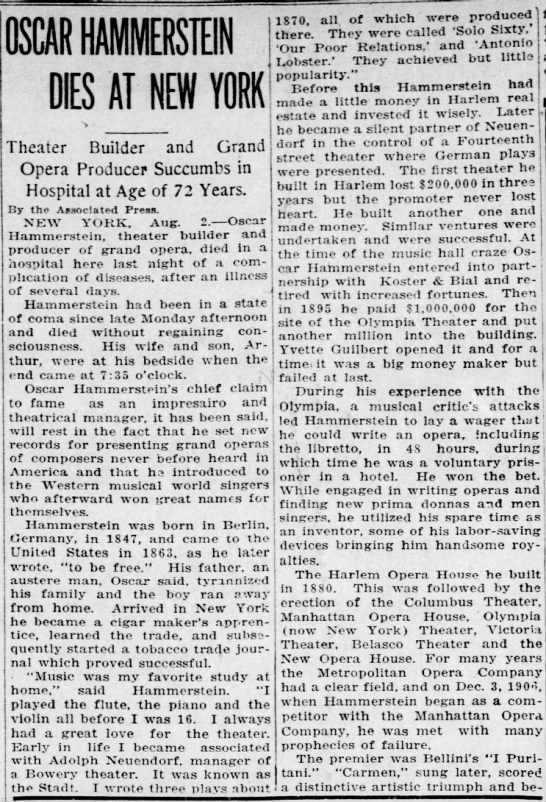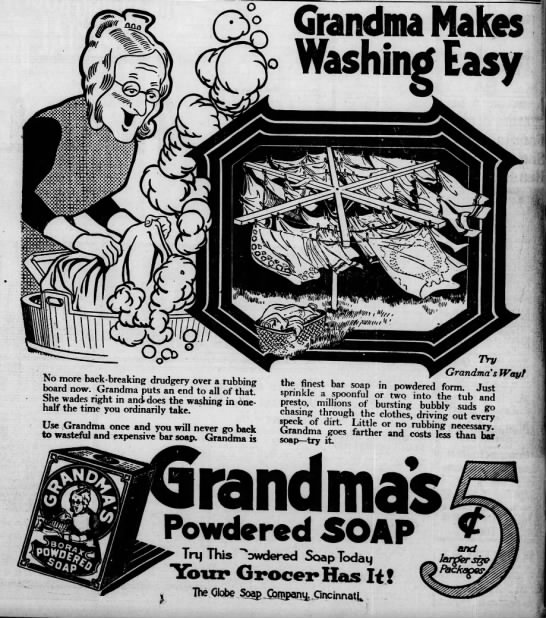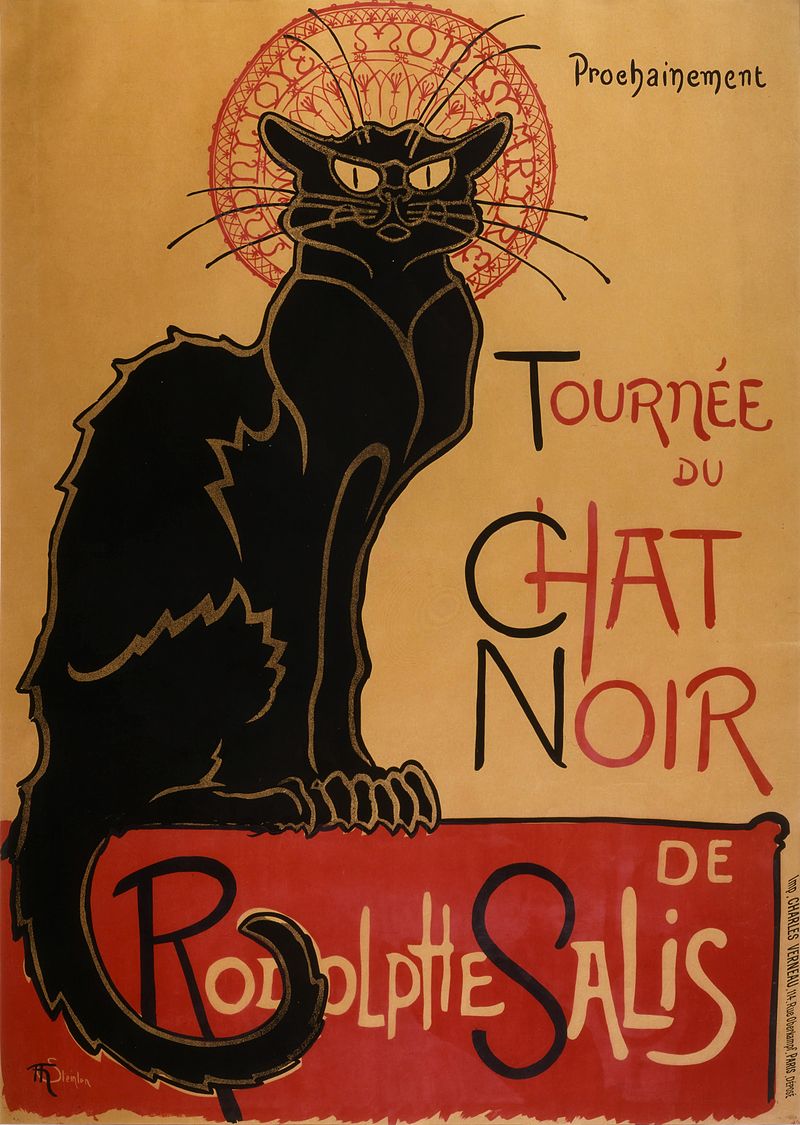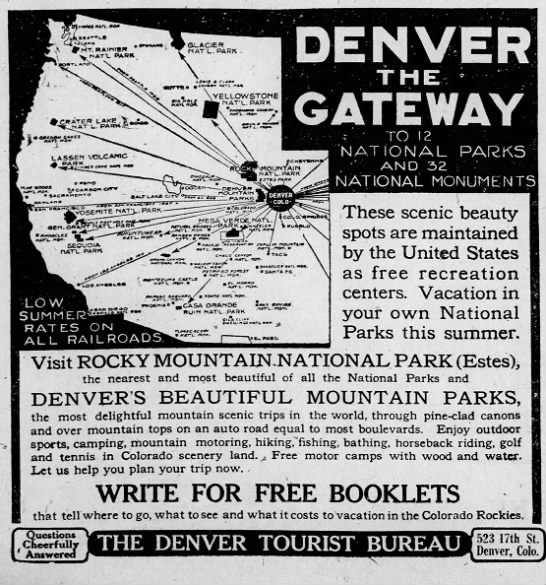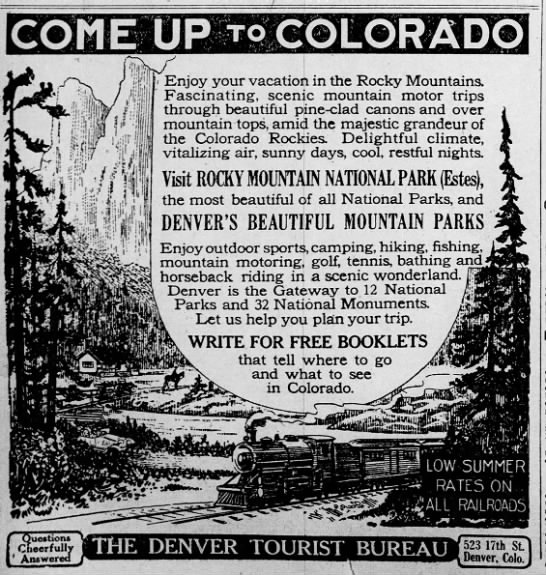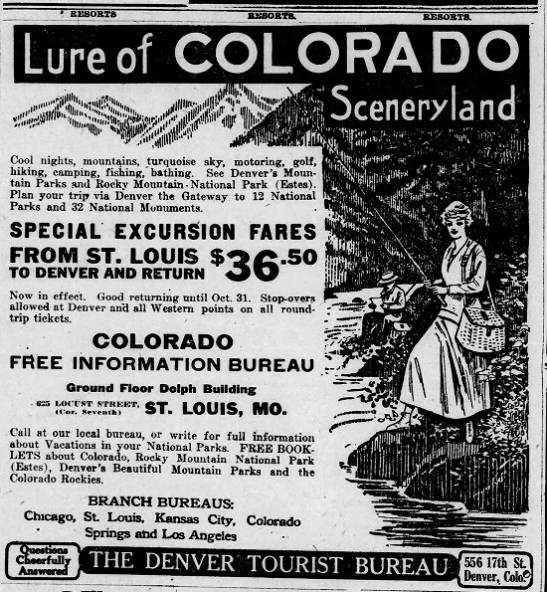The members of SMASH believed it was better to die in honor than to live as their parents did..."~from We Are All Good People Here by Susan Rebecca WhileHow do we change society? Can we change society? Who are the 'good people' and can 'good people' do bad things for the right reason and still be 'good'? Can people really change?
I was interested in the questions posed by the novel.
The story begins in the early 1960s when two girls meet in a private women's college in the South and become best friends. Their rising awareness of social racism makes them question the values of their society. Decisions are made that take them in different directions. One girl works within the system while accepting the social expectations for a rising female lawyer. The other girl follows a charismatic radical into ever more violent protests and when she has lost everything she seeks out her old friend to help her return to society.
The novel is filled with historical detail and events. Medgar Evans and Fannie Lou Hamer, Bob Dylan and Dr. Strangelove, the murders of James Chaney, Michael Schwerner, and Andrew Goodman, "Hey! Hey! LBJ how many kids did you kill today" are mentioned.
It was very hard to follow Eve into the very dark place she ends up in. I nearly set the book aside as her life became quite disturbing. But I did pick it back up.
Babe, you opted out of a normal life a long time ago.~ from We Are All Good People Here by Susan Rebecca White
Can we keep our pasts a secret? Can we completely change? In the end, Eve became the very person she had sought to avoid becoming. And yet--she still needed a man to guide her. Daniella may have 'sold out' and but she gives it up for important work that better fits her values.
I spent many years not thinking about the 1960s. The cultural and political changes that were the background of my teen years were too depressing to remember.
In 1963 when President Kennedy was assassinated I was in Sixth Grade. By the time I graduated from high school in 1970 I had seen the murders of Martin Luther King, Jr. and Robert F. Kennedy, the Viet Nam body count on the daily news, and the rise of the anti-war movement and hippie counter culture. Music went from I Want To Hold Your Hand to Sympathy for the Devil. The elegant full-skirted dresses became sheaths became Mod became Psychedelic became bare feet, bell bottom jeans, and T-shirts. Green Beret pins became iron crosses became Give Earth a Chance pinback buttons. The 1967 Detroit Riots happened a few miles down the road.
I was just trying to grow up, figuring out who I was, and the whole world was telling me to look elsewhere because things of real importance were going on. I resented that. I wanted to be allowed to just deal with my own stuff. Instead, I joined the Political Action Club and read the Detroit Free Press, Newsweek and Time instead of Seventeen.
But I never strayed from my core values. I knew who I was and what I wanted for myself. I felt that the character Eve lacked that internal compass.
Warren St. Clair was a charismatic and idealistic man who is also misogynistic and self-absorbed. Eve knows his reputation, but can't resist him, following him from place to place. When Warren escalates to violence against the system, Eve follows him underground.
Meanwhile, Daniella marries a 'reformed' Republican, a good man who believes that social change happens slowly. Daniella pushes the envelope as a lawyer, working twice as hard to break into the old-boy network.
Justice does not simply show up on it own, gliding in on the wings of platitudes and the promise of prayers. ~from We Are All Good People Here by Susan Rebecca Smith
In mid-age, both women shift, the radical Eva embracing safety and surety and marriage that brings prosperity, and the widowed conformist Daniella chucking it all for non-profit work helping men on death row.
The book could have ended here, but instead, we see how the women's decisions impact the next generation.
Eve and Danilla each have a daughter. Eve's daughter Anna has everything and more, dressing in Laura Ashley clothing and driving a new car. Daniella is financially well off, too, but she insists on a lifestyle in keeping with her values. Used clothing, no conspicuous consumption.
Daniella works and Eve is a housewife, so Daniella leaves her daughter Sarah with 'Aunt Eve' under the care of the maid. Sarah is envious of Anna's life and she worries that her mom is economically insecure.
Eve has a secret that is exposed. When Anna has learned the truth about her mother, it creates a rift.
There is an interesting theme on religion through the novel that is not central to the plot but takes enough space to show the author's concern.
Early in the novel Eve and Warren St. Clair and have a discussion about the value of the church in society. Warren believes the cathedral is a waste of space better used for affordable housing. Eve thinks there is nothing more useful than a church. Warren mentions the German Lutheran Church was complicit with the Nazis, and Eve retorts, not Bonhoeffer's church. Sure, Warren replies. But Bonhoeffer was executed by the state which proves the church either is complicit or martyrs.
Near the end of the novel Daniella and her daughter Sarah have a talk about religion. Eve has joined a right-wing evangelical church led by a charismatic preacher--still drawn to those charismatic men.
Sarah asks Daniella, what if one must hit 'rock bottom' to be saved? Daniella believes in the social gospel, God's will for "the reconciliation of all people" as opposed to God daming some and saving others.
But Sarah understands that her Aunt Eve is searching for stability and family. Daniella only sees that Eve jumps from one "dogma" to another.
Again, a juxtaposition between two choices arises. Is changing the world better than saving souls? Do we need to become completely powerlessness before we can accept God? Is doing justice and showing mercy the mark of walking humbly with one's God?
The book is summed up in one sentence:
We are all good people here, all trying to muddle through this the best we can. ~from We Are All Good People Here by Susan Rebecca White
I received a free ebook from the publisher through NetGalley in exchange for a fair and unbiased review.
We Are All Good People Here
by Susan Rebecca White
Atria Books
Pub Date 06 Aug 2019
ISBN 9781451608915
PRICE $27.00 (USD)




